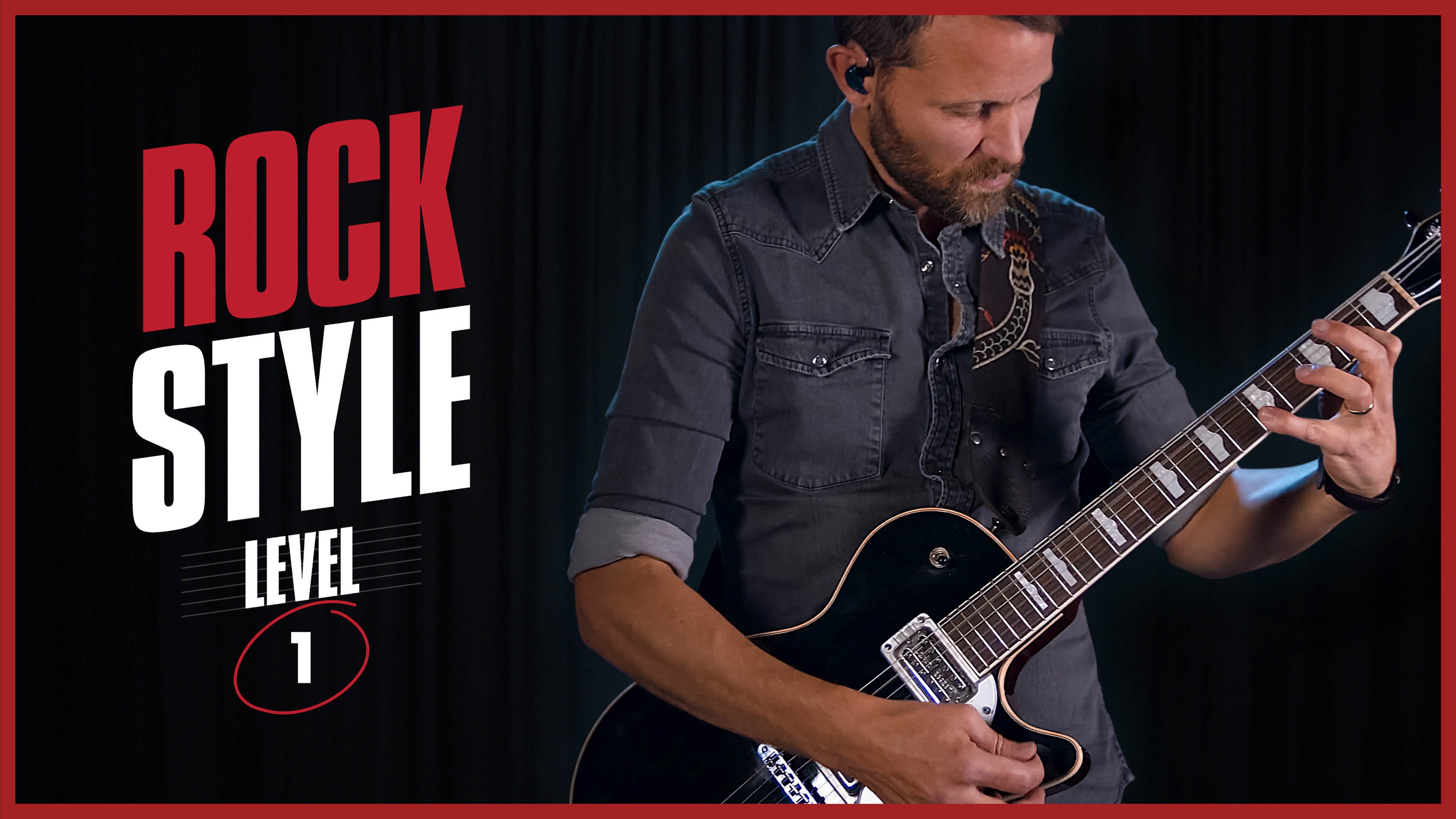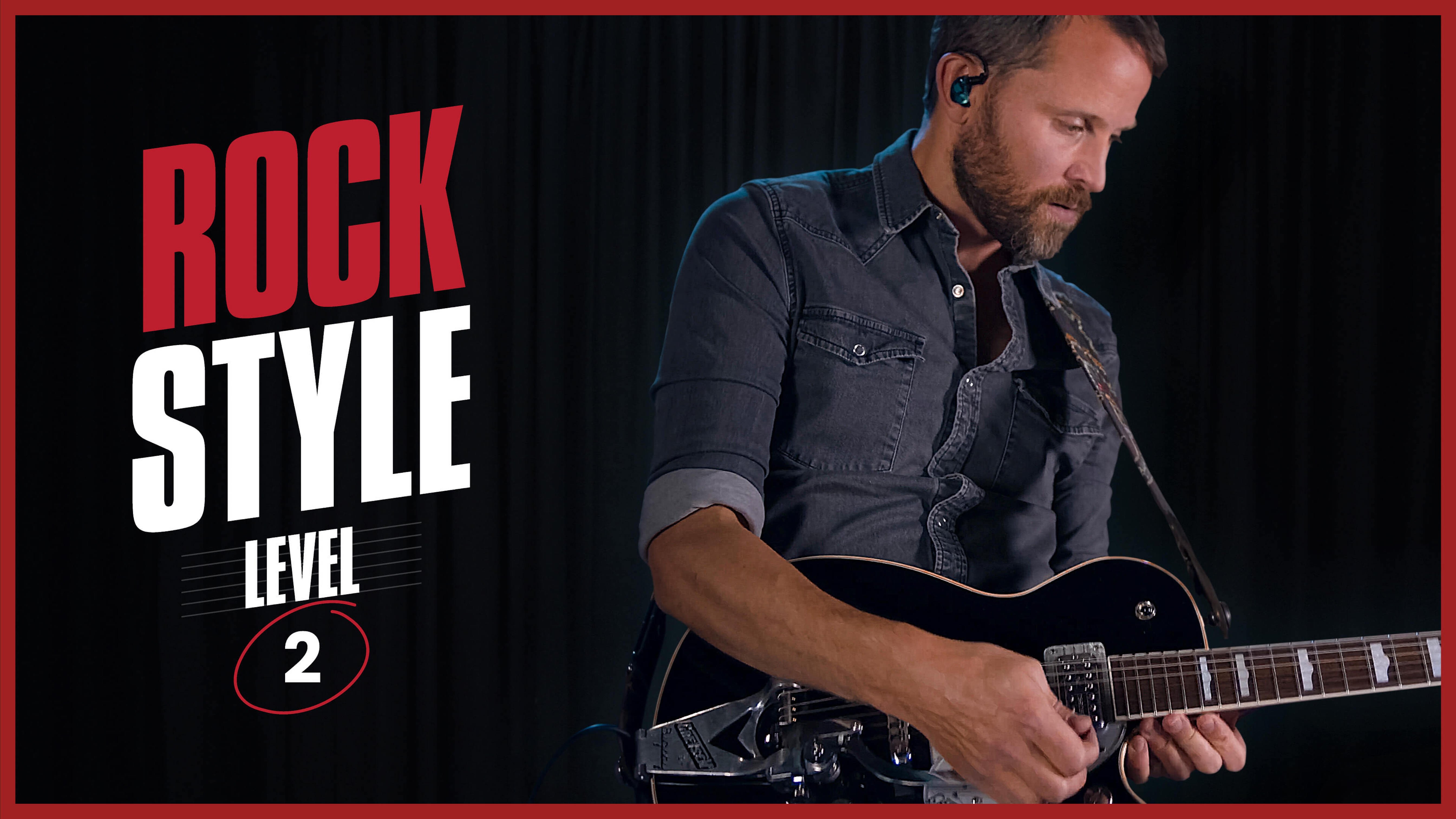Rock
Rock guitar music started as the sound of youth and energy. It was born from a young generation of musicians and performers during the 1960’s who grew up listening to blues, country, jazz and Rock N’ Roll from the 1940’s and 50’s. From all those influences they made something entirely new which captured the imagination of every following generation; Rock music.
If you need a refresher, or are just starting out, head over to Guitar Fundamentals Course 1 and Rock Guitar Course 1 for step-by-step lessons that will show you everything from basic chords to ripping solos. Otherwise, grab your axe and learn how to play the guitar Rock style in the lessons below!
Also please check out the Rock Song Lessons page.
Need Extra Help with your playing?

Book A Private Lesson
Schedule a 30 or 60 minute lesson with a coach who can offer advice and guidance to improve your playing.

Request A Custom Lesson Plan
Whether you’re just starting to play or returning from a long break, a guided practice plan can get you to where you want to be sooner.

